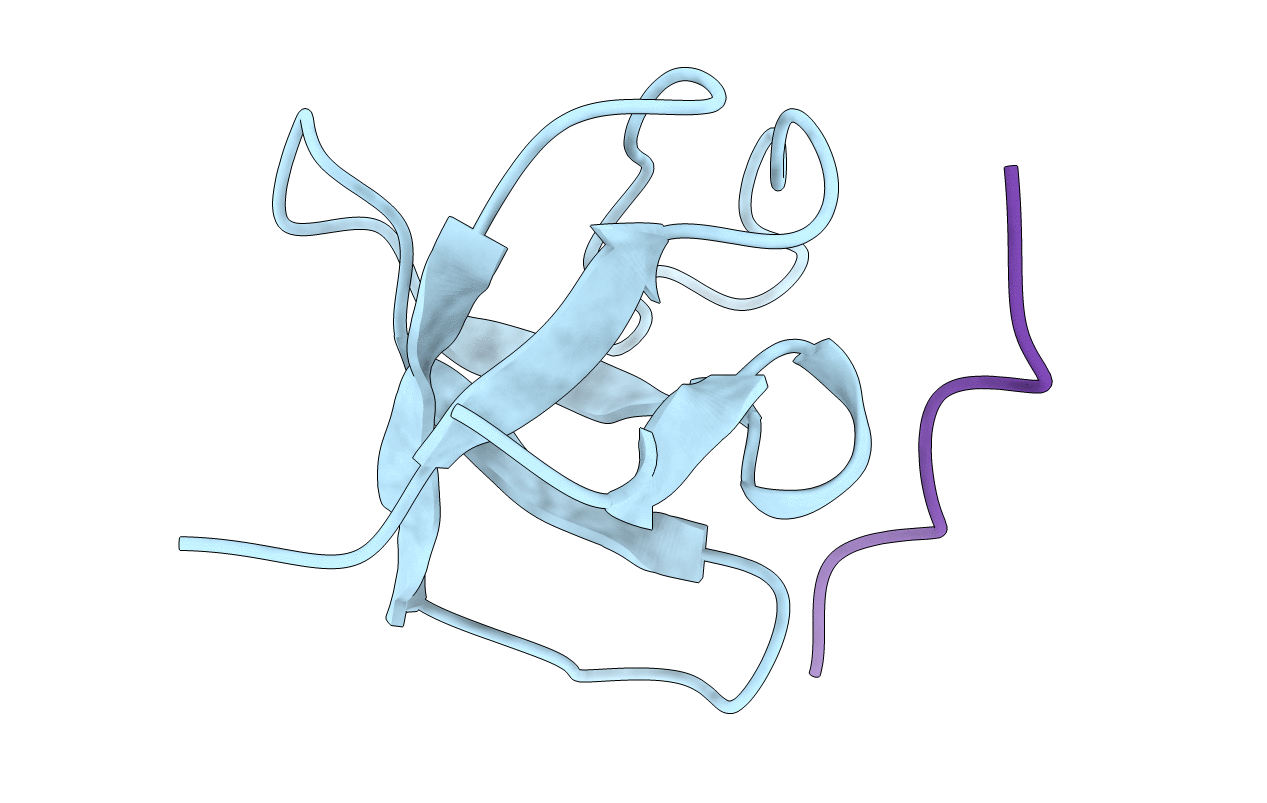
Deposition Date
1995-01-24
Release Date
1995-05-08
Last Version Date
2024-02-07
Entry Detail
PDB ID:
1CKB
Keywords:
Title:
STRUCTURAL BASIS FOR THE SPECIFIC INTERACTION OF LYSINE-CONTAINING PROLINE-RICH PEPTIDES WITH THE N-TERMINAL SH3 DOMAIN OF C-CRK
Biological Source:
Source Organism:
Mus musculus (Taxon ID: 10090)
Homo sapiens (Taxon ID: 9606)
Homo sapiens (Taxon ID: 9606)
Host Organism:
Method Details:
Experimental Method:
Resolution:
1.90 Å
R-Value Work:
0.18
R-Value Observed:
0.18
Space Group:
P 41


